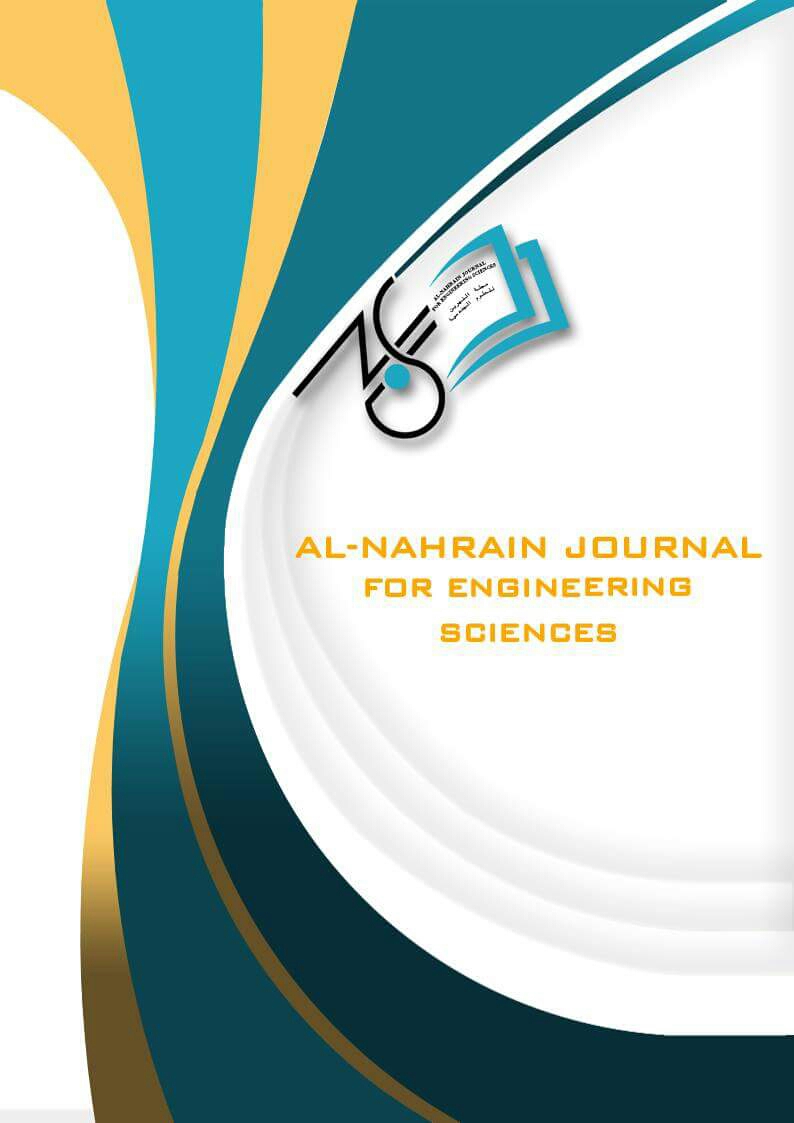Preliminary Design for Orthodontic Bracket Holder
DOI:
https://doi.org/10.29194/NJES.27040473Keywords:
Orthodontics, Brackets, Direct Bonding, Indirect Bonding, Semi-Automatic, Orthodontic MechanismAbstract
The process of placing the brackets in their proper positions in the field of orthodontics is consider one of the main steps in orthodontic treatment. In order to achieve high accuracy placements for the brackets, many methods are available today, starting from direct and indirect methods, each of them has advantages and disadvantages regarding the accuracy and the time for patient treatment. In this study, a new mechanism is introduce with its mechanical behavior in order to reduce the time required for patient treatment and to increase the accuracy for bracket placements. The newly mechanism was designed using Solidworks CAD software with a total Virtual functionality for all of the parts of the assembly, then a simulation was carried out to find the stress distribution, deformation, and strain on the main parts of the proposed assembly. The finished design shows a high precision mechanism that is able to place brackets one by one on the teeth.
Downloads
References
W. R. Proffit, H. Fields, B. Larson and D. M. Sarver, "Contemporary Orthodontics," Elsevier Health Sciences, 2007.
D. T. Millett, S. J. Cunningham, K. D. O'Brien, P. E. Benson and C. M. de Oliveira, "Orthodontic treatment for deep bite and retroclined upper front teeth in children," Cochrane Database Syst Rev. 2018 Feb 1;2018(2):CD005972. doi: 10.1002/14651858.CD005972.pub4 DOI: https://doi.org/10.1002/14651858.CD005972.pub4
D. L. Turpin, "Orthodontics in the real world," The American Journal of Orthodontics and Dentofacial Orthopedics, vol. 150, no. 6, pp. 1037-1038, 2016.
D. M. Grippaudo, "A retrospective analysis on removable appliance therapy in skeletal Class III malocclusions.," European Journal of Paediatric Dentistry,, vol. 19, no. 2, pp. 100-104, 2018.
P. M. Barone, "Effects of orthodontic treatment with a removable appliance on clinical signs and symptoms of temporomandibular disorders in children with normal occlusion.," European Journal of Paediatric Dentistry, vol. 19, no. 4, pp. 278-282, 2018.
A. J. L. Graf, "Treatment of children and adolescents with Herbst appliance: a review.," Dental Press Journal of Orthodontics, vol. 23, no. 4, pp. 58-66, 2018.
S. P. M. Artun, "Components of the orthodontic treatment need index.," The European Journal of Orthodontics, vol. 20, no. 5, pp. 485-491, 1998.
P. H. Grünheid, "An optimized surgical technique for the treatment of skeletal open bite deformity with bis-screw anchorage.," The Angle Orthodontist, vol. 76, no. 2, pp. 291-303, 2006.
B. W. L. (. McNamara, "Orthodontics and Dentofacial Orthopedics," Quintessence Publishing, 2016.
A. R. K. Nayar, "A bird's eye view of CAD/CAM technology.," Journal of Indian Prosthodontist Society, vol. 14, no. 4, pp. 398-414., 2014.
M. B. Dalstra, "From passive observation to active participation. A review of computer-aided learning in orthodontics.," European Journal of Orthodontics, vol. 314, no. 4, pp. 416-423, 2009.
E. D. Rekow, "Digital dentistry: a historical perspective.," Journal of the American College of Dentists, vol. 63, no. 2, pp. 12-14, 1996.
S. N. Bhaskar, "Orban's oral histology and embryology.," The Williams & Wilkins Company., 1965.
N.-G. J. S. Langlais, "Color atlas of common oral diseases," Lippincott Williams & Wilkins., 2013.
C. R. A. Scully, "Medical problems in dentistry," Elsevier Health Sciences., 2014.
A. J. L. Proffit, "Contemporary Orthodontics," Elsevier., p. 6th ed., 2018.
V. K. W. L. Graber, "Orthodontics: Current Principles and Techniques," Elsevier., p. 5th ed, 2012.
Downloads
Published
Issue
Section
License
Copyright (c) 2025 Sadiq Jafer Hamandi, Harraa S. Mohammed-Salih, Faten Abdulameer Ali

This work is licensed under a Creative Commons Attribution-NonCommercial 4.0 International License.
The authors retain the copyright of their manuscript by submitting the work to this journal, and all open access articles are distributed under the terms of the Creative Commons Attribution-NonCommercial 4.0 International (CC-BY-NC 4.0), which permits use for any non-commercial purpose, distribution, and reproduction in any medium, provided that the original work is properly cited.














